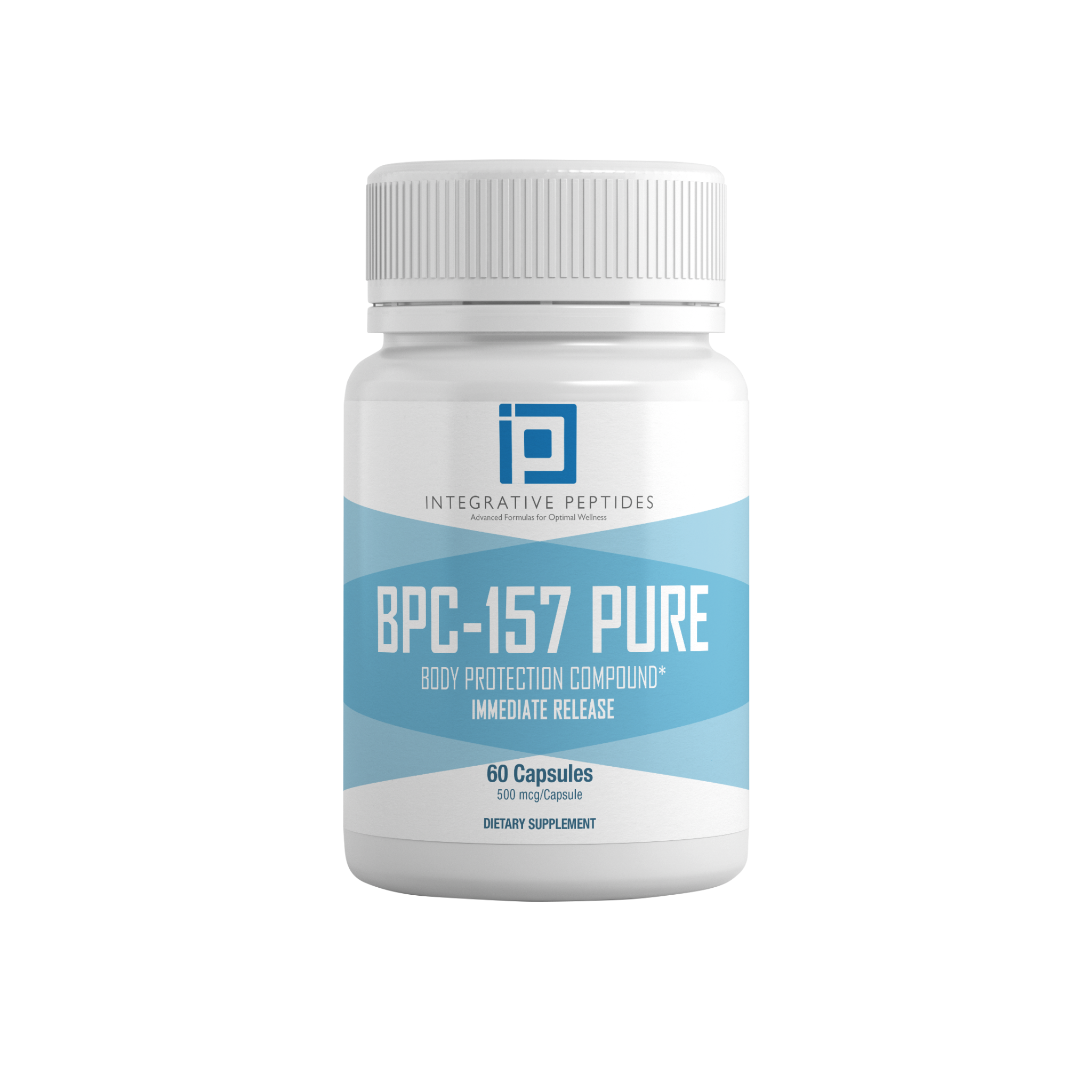
September 17, 2024
How Bpc-157 Operate In The Body
Bpc 157 And Blood Vessels Bentham Scientific Research Both BPC 157 routines ( µg and ng) provided a similar restorative effect in all of the checked out procedures of stomach compartment syndrome. In summary, after BPC 157 therapy, rats with high intra-abdominal stress (quality Click here for info III and quality IV) displayed noticeably undermined site and caval hypertension, ameliorated aortal hypotension, and markedly attenuated remarkable sagittal sinus hypertension. Additionally, venous and arterial thrombosis was attenuated, both peripherally and centrally, which markedly alleviated stasis and moreover lowered mind, heart, lung, liver, kidney, and stomach sores as the untreated result.How Well Do Peptides BPC-157 and TB-500 Work Together? - Medical News Bulletin
How Well Do Peptides BPC-157 and TB-500 Work Together?.
Posted: Tue, 13 Dec 2022 08:00:00 GMT [source]
The Fda's Setting On Bpc 157
- These pioneering studies illuminated pathways hinting at BPC-157's wider effects for regenerative medication and injury recuperation.
- There were no dangerous end results in spite of the permanent upkeep of high intra-abdominal stress (note that stomach area syndrome with a sustained level of 25 mmHg might be fatal within 1 h (Strang et al., 2020)).
- No better helpful impact was observed when BPC 157 and L-arginine were co-administered [1,5,7,17,18,20,45-51]
- The well-known view in cellular biology determines that fibroblasts, keratinocytes, and endothelial cells contribute to the expansion course of wound healing.
Bpc 157 Banned: What You Require To Know About The Latest Fda Choice
This is thought to be due to the fact that BPC 157 helps to advertise the manufacturing of new cells and sustains the regeneration of cells. As we age, our bodies produce much less of these crucial compounds, so making use of BPC 157 might be extra valuable for older clients. Each administration path offers an one-of-a-kind account in pharmacokinetics and healing effects, underpinning the relevance of tailored application in taking full advantage of the peptide's restorative potential. Study indicates that subcutaneous shots could generate fast local actions, whereas dental pills make sure an extra gradual distribution, reverberating with the body's rhythm of recovery. The peptide's communication with the body is a dance of accuracy, encouraging cells to discard sleepiness in favor of action. By invigorating the signaling paths that moderate growth and fixing, BPC-157 instills an enthusiasm for recuperation at the fundamental degree of biological structure. Remarkably, BPC-157 beckons blood vessels to unfurl their network more rapidly, thereby nurturing damaged regions with a rejuvenating flow. This angiogenic effect pushes a cascade of repair, breathing life into tissues that previously wasted away in healing's slow embrace. The complex ballet of mobile regeneration and repair service finds a powerful companion in BPC-157, a peptide whose restorative touch murmurs assurances of swifter healing and restoration.As we transform our interest to the compound's regenerative impacts on different tissue kinds, it ends up being clear that understanding its communication at the cellular level can revolutionize our method to healing. Realizing the subtleties of just how BPC-157 improves all-natural recovery processes beckons a much deeper gratitude for the body's inherent strength and capacity for self-healing. No brand-new metabolites were discovered in urine, bile, and fecal examples apart from the 6 components discovered in the plasma. In the blended pee examples collected from 0 to 8 h, the content of [3H] proline (M1), the primary metabolite, was greater, accounting for 13.9% (female) and 11.7% (male) of the complete radioactivity. In blended urine examples collected in between 8 and 72 h, the percentage of tritium water was higher, representing 69.5% (lady) and 75.3% (man) of the total radioactivity, and [3H] proline (M1) accounted for 3.11% (lady) and 4.17% (man) of the total radioactivity (Figure 5B). The complete radioactivity excretion in blended bile samples accumulated between 0 and 72 h was low, and tritium water was largely discovered, representing 91.2% (women) and 91.0% (men) of the sample. The rats were euthanized, and tissue samples (mind, heart, kidneys, liver, spleen, lung, belly, intestine, muscle mass, grease, ovaries, womb, testicles, and thymus) were collected at 3 minutes, 10 min, 1 h, and 24 h after administration (three men and 3 women at each time point). Male SD rats were administered a solitary IM injection of empty solvent (excipient), and biological samples, consisting of entire blood, plasma, urine, feces, and tissues, were gathered for background control. The radioactivity of the plasma, cells, bile, urinary system, and fecal examples was analyzed using a fluid scintillation counter. A total amount of 324 SD rats were randomly split into 5 teams, consisting of 66 rats in team one, 60 rats each in teams 2 to four, and 78 rats in group 5, with each group comprising fifty percent male and fifty percent female topics. Groups two, three, and 4 were provided 20, 100, and 500 μg/ kg BPC157 saline options through single IM shots, respectively.Is BPC 157 a steroid?
No, BPC 157 is not a steroid. It is a peptide drew from human gastric juice.
Social Links